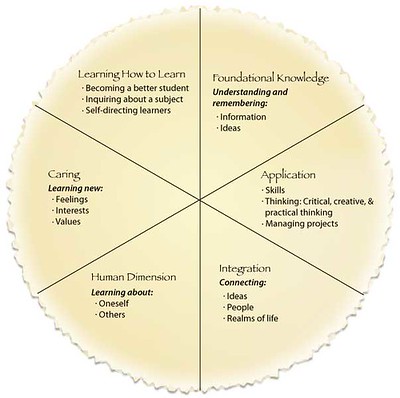Learning Myths
The following workshop was offered by Professor Megan Blossom, Chair of the Castleton University Department of Psychological Science and Sarah Chambers, Castleton University Coordinator of Educational Technology
Click here to view the Learning Myths Workshop (VSCS Authentication Required).
Click here to download the PowerPoint.
Workshop Resources:
Learning myths are inaccurate beliefs about how the brain works.
Nancekivell, S. E., Shah, P., & Gelman, S. A. (2020). Maybe they’re born with it, or maybe it’s experience: Toward a deeper understanding of the learning style myth. Journal of Educational Psychology, 112(2), 221–235. https://doi.org/10.1037/edu0000366
Quinn, C. N. (2018). Millennials, goldfish & other training misconceptions: Debunking learning myths and superstitions.
This is one of my favorite Learning Myth books. Clark Quinn breaks down different learning myths, learning superstitions, and learning misconceptions.
Rogers, J., & Cheung, A. (2020). Pre-Service Teacher Education May Perpetuate Myths about Teaching and Learning. Journal of Education for Teaching: International Research and Pedagogy, 46(3), 417–420. http://dx.doi.org/10.1080/02607476.2020.1766835
Neuromyths
Neuromyths are misconceptions about how the brain works, especially in relation to how learning happens. These myths persevere because people often misinterpret findings from brain research.
Carboni, Alejandra, Maiche, Alejandre, & Valle-Lisboa, Juan C.. (2021). Teaching the Science in Neuroscience to Protect From Neuromyths: From Courses to Fieldwork. Frontiers in Human Neuroscience, 15. https://doi.org/10.3389/fnhum.2021.718399
Rousseau, Luc. (2021). Interventions to Dispel Neuromyths in Educational Settings—A Review. Frontiers in Psychology, 12. https://doi.org/10.3389/fpsyg.2021.719692
Pasquinelli, E. (2012). Neuromyths: Why Do They Exist and Persist? Mind, Brain & Education, 6(2), 89–96. https://doi.org/10.1111/j.1751-228X.2012.01141.x
Popular Neuromyths
Humans Only Use 10% of their brain.
Humans actually use 100% of their brains all the time, although you may occasionally question if an individual is using their brain effectively, based on their choices.
Neuromyth 4 – OECD. (2022). OECD. https://www.oecd.org/education/ceri/neuromyth4.htm
Boyd, Robynne. (2008, Feb 7). Do people only use 10 percent of their brains? What’s the matter with exploiting a portion of our gray matter? Scientific American. https://www.scientificamerican.com/article/do-people-only-use-10-percent-of-their-brains/
We should adapt learning to the specific learning styles of individuals.
Individual learners have different strengths, but that doesn’t mean we should adapt learning to those strengths. More importantly, there is no data that supports the impact of learning styles on individual learning.
Pashler, H., McDaniel, M., Rohrer, D., and Bjork, R. (2008). “Learning Styles: Concepts and Evidence,” Psychological Science in the Public Interest, December 2008, vol.9 no.3, 105-119.
Rohrer, D., & Pashler, H. (2010). Recent Research on Human Learning Challenges Conventional Instructional Strategies. Educational Researcher, 39(5), 406–412. https://tinyurl.com/535y68cb
We are either right or left-brained.
The two hemispheres of the brain actually work together, not separately, as identified by brain scans.
Nielsen JA, Zielinski BA, Ferguson MA, Lainhart JE, Anderson JS (2013) An Evaluation of the Left-Brain vs. Right-Brain Hypothesis with Resting State Functional Connectivity Magnetic Resonance Imaging. PLoS ONE 8(8): e71275. https://doi.org/10.1371/journal.pone.0071275


